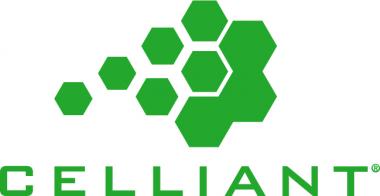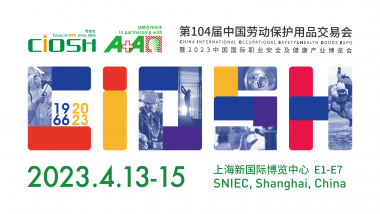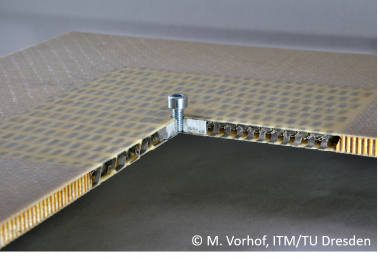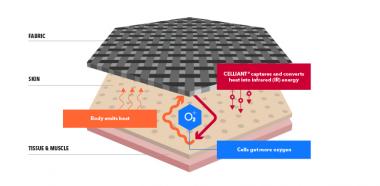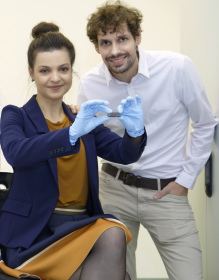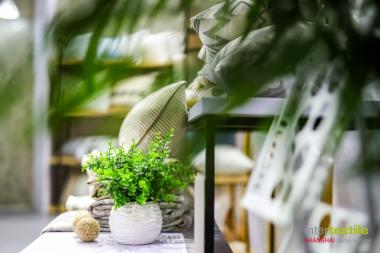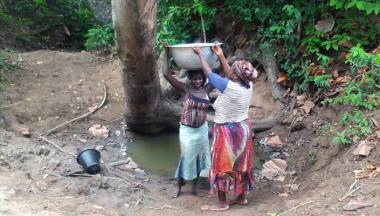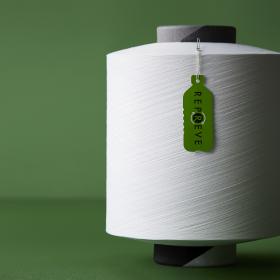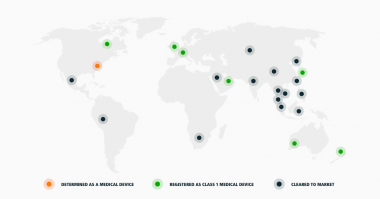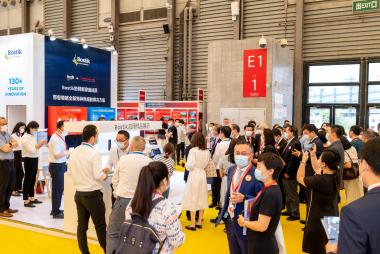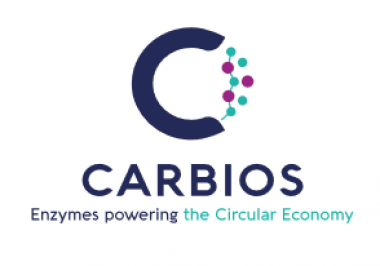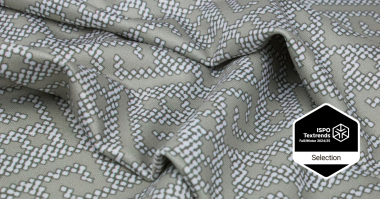ANDRITZ: High-speed hygiene converting lines to Predo, Türkiye
International technology group ANDRITZ has received an order from Predo Health Products Inc, Türkiye, for delivery of two high-speed hygiene converting lines to produce adult open diapers and feminine sanitary napkins. With this investment, Predo is entering the growing adult and femcare market. The company already operates four baby diaper lines from ANDRITZ.
The two state-of-the-art lines are designed for high-speed production and contain the most advanced forming technology for absorbent core and SAP (superabsorbent polymers) dosing. Based on their flexibility and user-friendly configuration, Predo will be able to produce a wide range of different product compositions and sizes. In addition, the lines are designed for zero waste production. This will enable Predo to produce high-performing products with a sustainable approach.
The lines will be installed in Predo’s factory in Gaziantep, with start-up scheduled for the first half of 2024.
Predo is one of the leading manufacturers of baby care products and is expanding its business to other hygiene sectors. The company exports to 55 countries across the globe.





